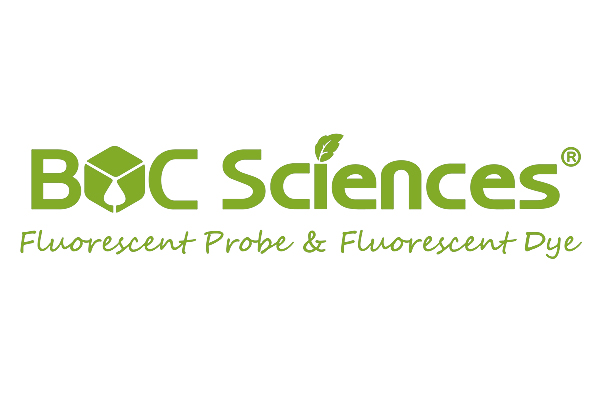Non-Functionalized Dyes
-

-
 Cyanine7.5 dimethyl
Cyanine7.5 dimethylCAT:
-

-

-

-
 K18-TMR-Hepcidin
K18-TMR-HepcidinCAT:
-

-

Background
BOC Sciences is committed to providing customers with high-quality non-functionalized dyes.
Non-functional dyes generally refer to organic dyes and pigments that do not have special properties, and only use the characteristics of various colors produced by the dye itself under light irradiation to dye the sample. It is often used as a basic marker for animal and plant cells to better observe the morphology and location of cell tissues.
Characteristics of Non-functional dyes
The characteristics of non-functional dyes include that, first of all, non-functional dyes are easy to prepare and are usually purified from extracts of animal and plant pigments. Secondly, non-functional dyes are easy to operate and have good biocompatibility. Finally, non-functional dyes have a wide range of applications, are not confined to a single category, and are cheap.
Application of Non-functional dyes
Common non-functional dyes have a wide range of applications in biology and provide help for biomedical experiments or some physical and chemical experiments.
For example, the common natural non-functional dye magenta is extracted from a tropical female cochineal after drying, grinding into powder. It is commonly used in embryology for overall staining, nuclear staining, titration, ammonia solution indicator, microanalysis, fluorescence analysis, dyes, food coloring, etc.
At the same time, some synthetic non-functional dyes also play an important role. Like methyl blue, which is well known, it is widely used in the production technology of animals and plants. He can dye nerve cells together with eosin, which is also an indispensable dye in bacterial production. Its aqueous solution is the living dye of protozoa. Methyl green, different from methyl blue in color, is a green powdered alkaline dye, which is soluble in water (solubility 8%) and alcohol (solubility 3%). Methyl green is the most valuable cell and dye. It is often used to dye chromatin in cytology. Together with eosin, it can be used to dye plant xylem. It can be seen that non-functional dyes have broad application space and can be used for dyeing and labeling in many fields, but they lack specific dyeing for a specific position.
Resources

- Hoechst Dyes: Definition, Structure, Mechanism and Applications
- Mastering the Spectrum: A Comprehensive Guide to Cy3 and Cy5 Dyes
- Fluorescent Probes: Definition, Structure, Types and Application
- Fluorescent Dyes: Definition, Mechanism, Types and Application
- Coumarin Dyes: Definition, Structure, Benefits, Synthesis and Uses
- Unlocking the Power of Fluorescence Imaging: A Comprehensive Guide
- Cell Imaging: Definitions, Systems, Protocols, Dyes, and Applications
- Lipid Staining: Definition, Principles, Methods, Dyes, and Uses
- Flow Cytometry: Definition, Principles, Protocols, Dyes, and Uses
- Nucleic Acid Staining: Definition, Principles, Dyes, Procedures, and Uses
Online Inquiry

